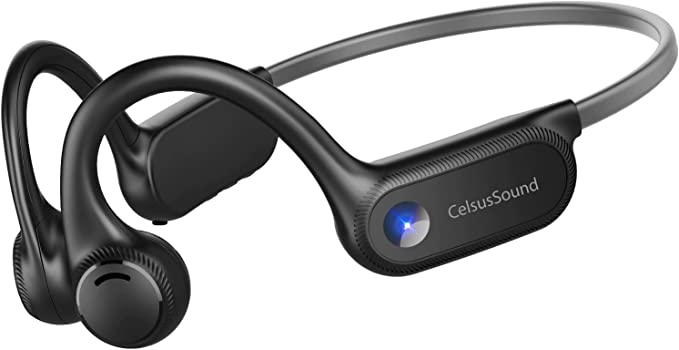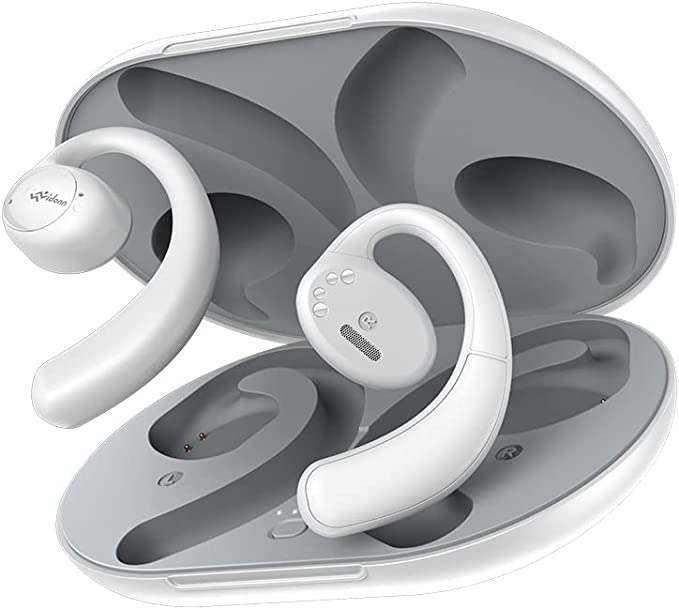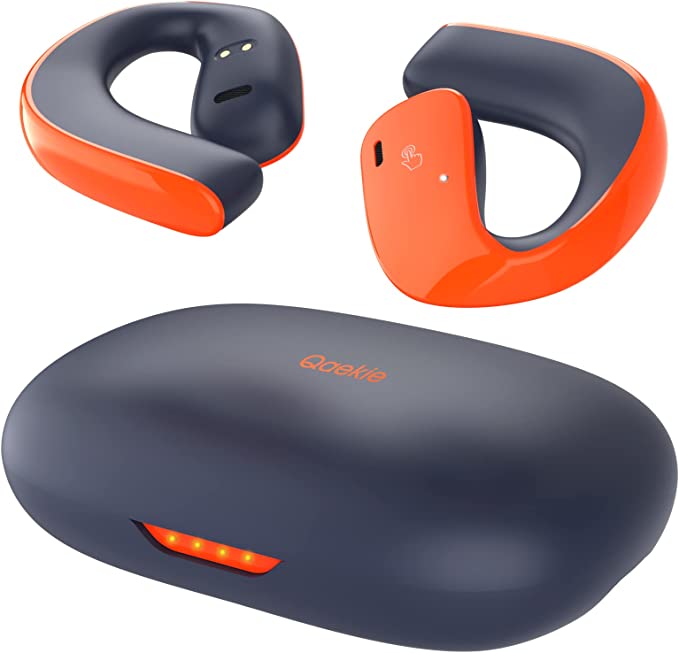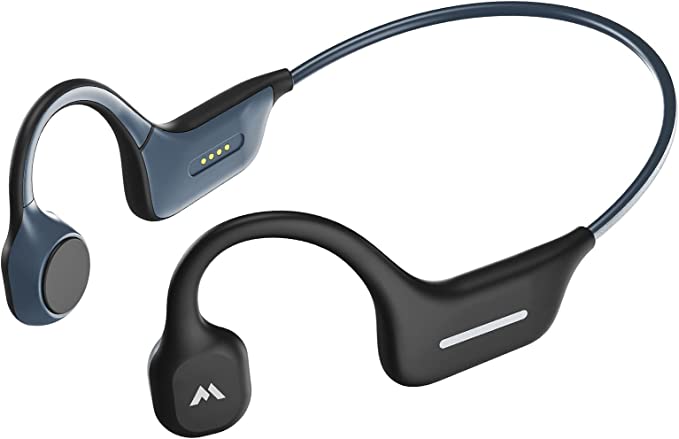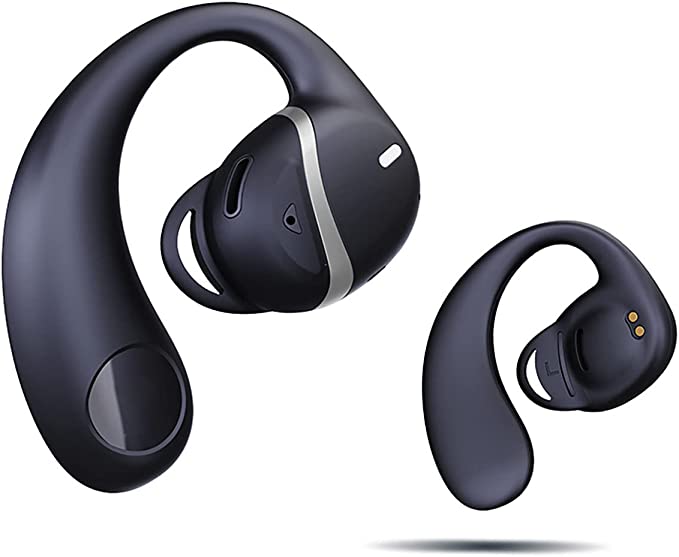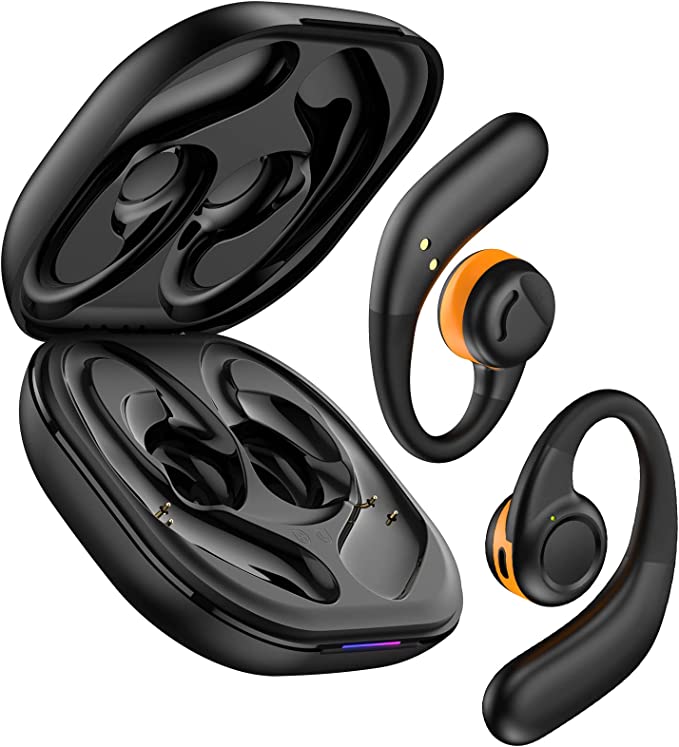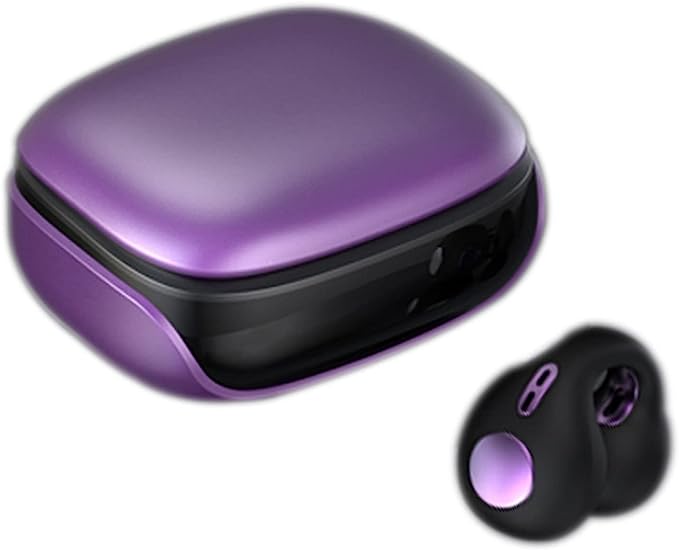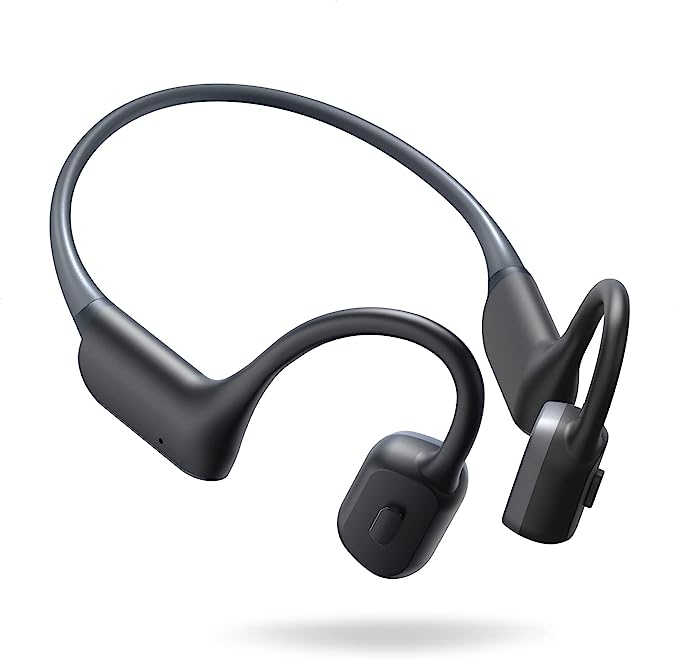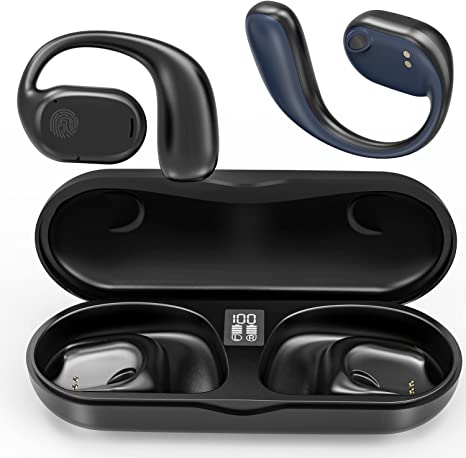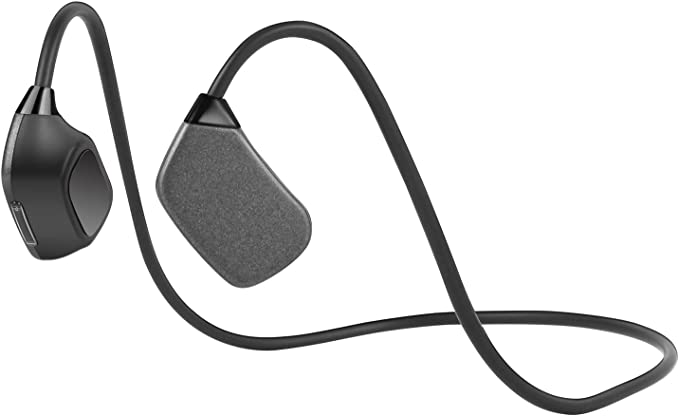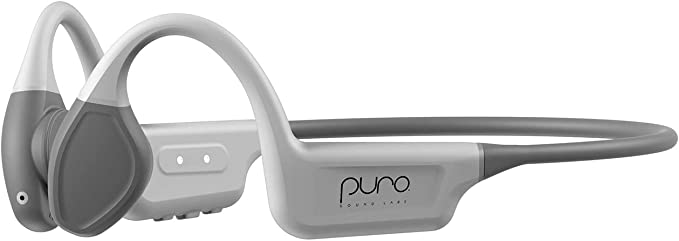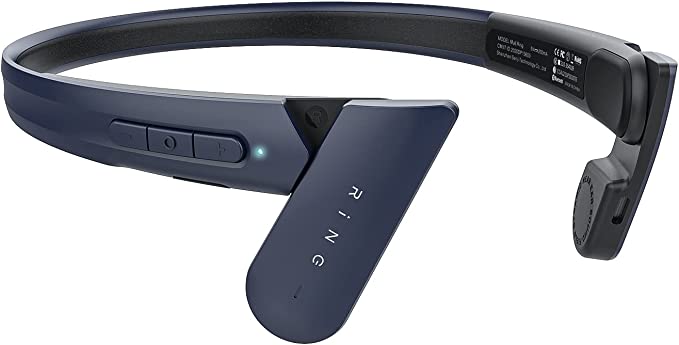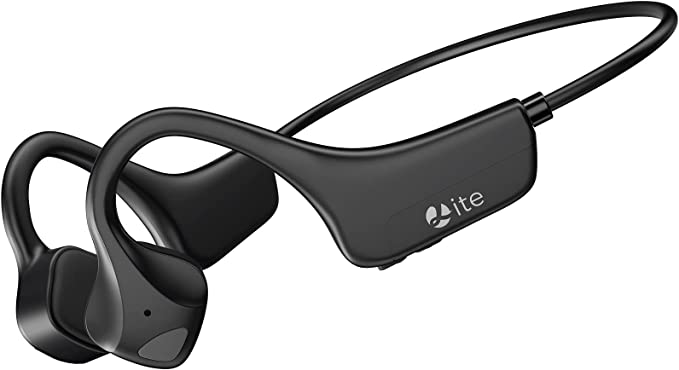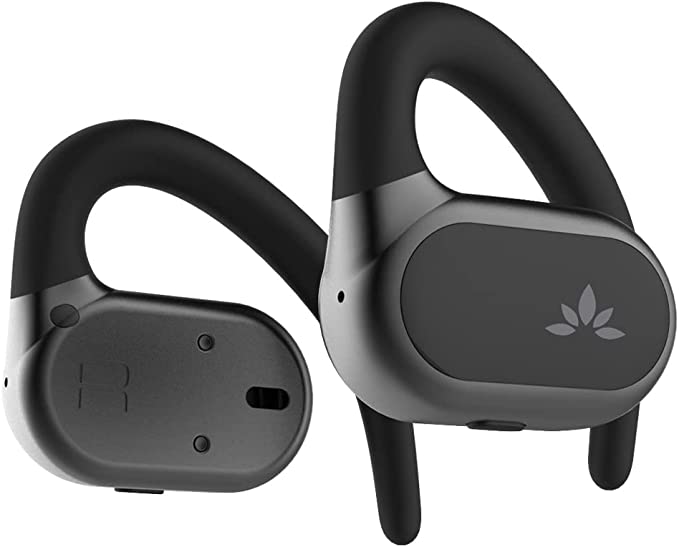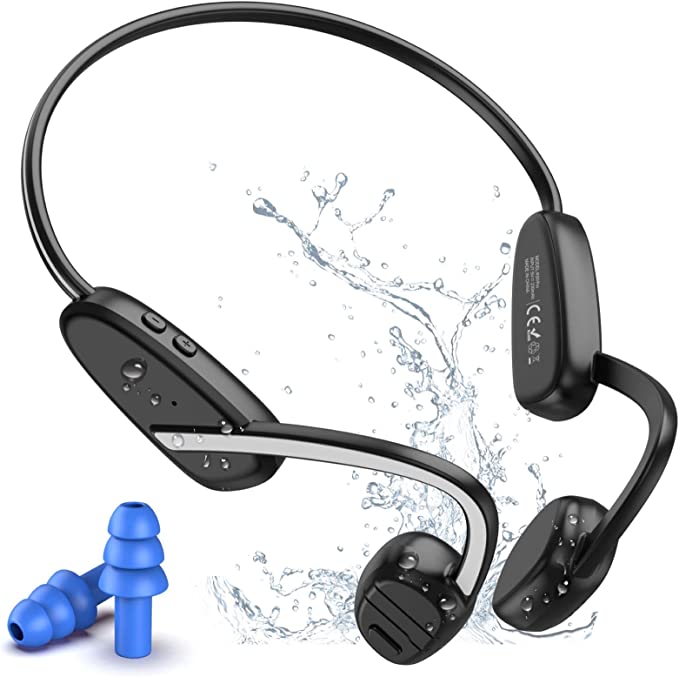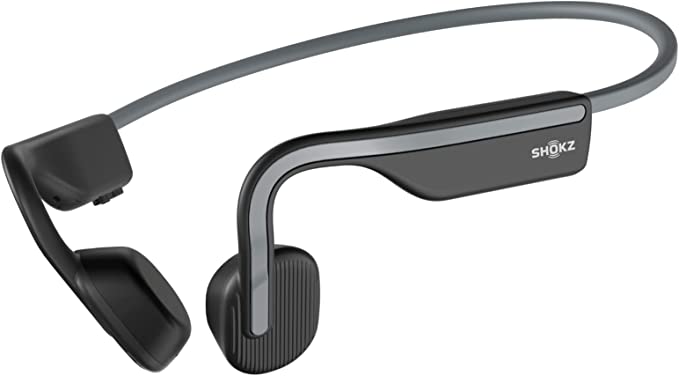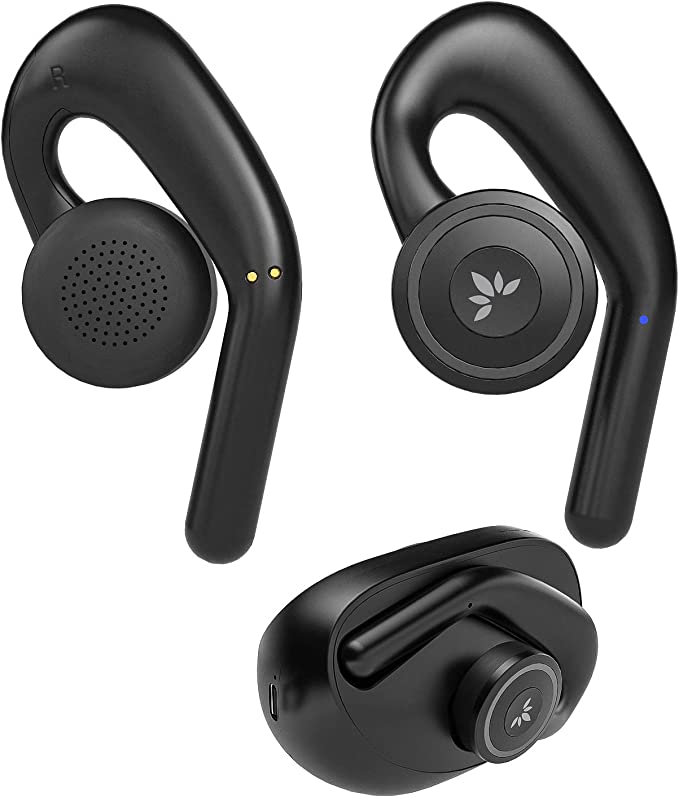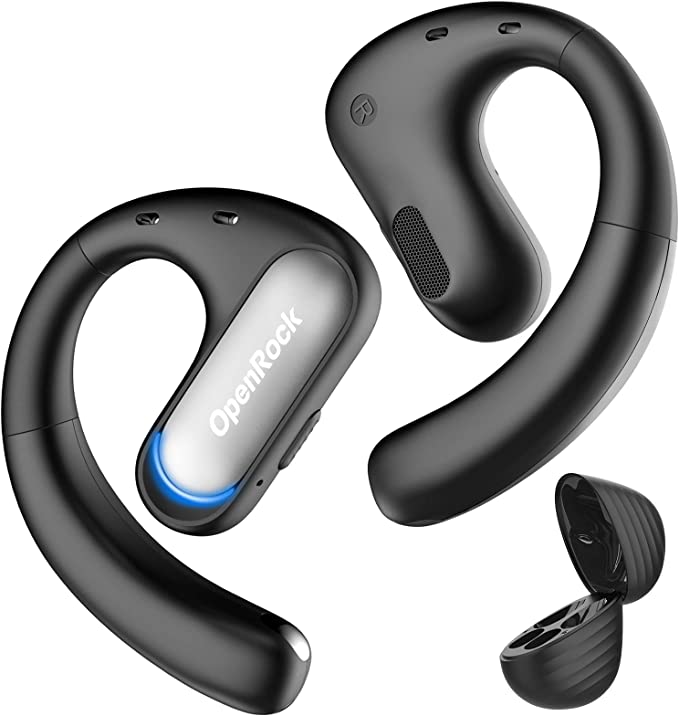BUGANI OpenFree Open Ear Headphones: Enjoy Sound, Protect Your Hearing
Update on July 24, 2025, 3:09 p.m.
Consider, for a moment, the profound magic of hearing. Think of the first sound you registered this morning—perhaps the gentle whir of a fan, the distant call of a bird, or the rhythmic drip of a coffee maker. Our world is a symphony of subtle cues, a rich sonic texture that grounds us in time and space. Yet, we live in an age of a strange paradox: we are more connected to digital audio than ever before, but increasingly deaf to the world immediately around us. We have willingly, even eagerly, plugged our ears, creating a personal soundtrack that often comes at the cost of connection, awareness, and, most alarmingly, our long-term hearing health.

The Age of Isolation: A Journey into the Cocoon
This journey into sonic solitude began innocently enough. With the birth of the Sony Walkman in 1979, for the first time in history, we could curate a private, portable soundscape. The foam-padded headphones were a gateway to a personal world. A revolution, yes, but also a retreat. The trend accelerated exponentially with the digital age. The Apple iPod, with its iconic white earbuds, didn’t just sell a music player; it sold an identity. To be “plugged in” was to be modern, focused, and in control.
The result was the “cocoon effect,” a term describing the sensory bubble we build around ourselves with technology. We traded the shared soundscape of a city street or a bustling office for the curated perfection of our playlists. But this digital shield has a dark side. It fosters a subtle social disconnect and, more critically, exposes us to a silent epidemic: Noise-Induced Hearing Loss (NIHL).

Anatomy of a Silent Threat
To understand the danger, we must travel inside the ear. When a sound wave—a vibration in the air—enters your ear canal, it culminates in the cochlea, a spiral-shaped, fluid-filled chamber in your inner ear. Lining this chamber are roughly 16,000 microscopic hair cells, or stereocilia. Think of them as a delicate field of wheat. As sound vibrations ripple through the cochlear fluid, these “hairs” bend, converting the mechanical energy into electrical signals that the brain interprets as sound.
Low-volume sounds gently sway this field. But loud sounds, especially for prolonged periods, are like a violent storm. They can damage or completely flatten these delicate cells. And here is the terrifying, immutable fact of audiology: once these hair cells are destroyed, they do not grow back. The damage is permanent.
This isn’t hyperbole. The World Health Organization estimates that over a billion young people are at risk of irreversible hearing loss from their personal audio devices. The very act of sealing the ear canal with traditional earbuds creates a closed system, focusing sound pressure directly onto the eardrum and, subsequently, the cochlea. We are, quite literally, blasting this delicate internal wheat field at point-blank range.

The Engineering Renaissance: Opening the Canal
In the face of this crisis, a new philosophy of audio engineering is emerging. It’s one based on integration, not isolation. Its manifestation is the open-ear headphone. The principle is revolutionary in its simplicity: instead of blocking the ear canal, let it breathe. By resting outside the ear, these devices deliver sound to your auditory system without creating a high-pressure seal.
This fundamentally alters the equation. It immediately alleviates the physical discomfort and fatigue of having an object wedged in your ear for hours. It preserves situational awareness, a critical safety factor for anyone moving through the world. And most importantly, it delivers sound in a more ambient, natural manner, reducing the intense, direct pressure that is so damaging to our hearing.
This is where a product like the BUGANI OpenFree serves as a fascinating case study—a tangible example of how this new philosophy is being put into practice. It’s not just a gadget; it’s a direct response to the problems we created.

A Case in Point: The Technology of Integration
To succeed, an open-ear design can’t just be a speaker strapped to your head. It requires sophisticated engineering to compensate for the lack of a seal, which traditionally helps amplify bass and focus sound.
The BUGANI OpenFree tackles this with a core of raw power: dual 16.2mm dynamic drivers. In the world of audio, driver size matters. A larger surface area can physically move more air, and moving more air is the fundamental principle of creating a powerful, present sound, especially in the lower frequencies. This is how the design reclaims the rich bass that might otherwise dissipate into the open air. The manufacturer notes the use of a “bio-diaphragm,” a term for materials engineered to be both incredibly light and rigid, allowing the driver to respond with the speed and accuracy needed to render detailed highs and clear mids without distortion.
This is then tethered to the modern world via Bluetooth 5.3. The number itself is less important than its benefits: a rock-solid connection that’s less prone to dropouts, greater power efficiency that contributes to a claimed 30-hour total playtime, and crucially, lower latency. For anyone watching a film or playing a game, the near-perfect synchronization between action and sound is non-negotiable.
Finally, the design acknowledges that even in an open world, we sometimes need a private conversation. Instead of all-encompassing Active Noise Cancellation (ANC), it employs Environmental Noise Cancellation (ENC) for the built-in microphones. This technology is an elegant solution: it uses a secondary microphone to identify and subtract ambient noise from your outgoing voice, allowing the person on the other end of a call to hear you clearly, not the café you’re sitting in.

A New Way of Listening
When you combine these technologies—large drivers for full-spectrum sound, an open design for health and awareness, and smart tech for real-world functionality like clear calls and a durable, IPX6-rated water-resistant build—you get more than a pair of headphones. You get a new way of listening.
It’s the runner who can feel the beat of their power-song while still hearing the car approaching from behind. It’s the office worker who can focus on a deep-work playlist but still catch a colleague’s question without yanking an earbud out. It’s the parent who can listen to a podcast while keeping an ear out for their children playing in the next room.

It is the rediscovery of the world’s sonic texture. It’s about hearing the satisfying crunch of autumn leaves under your feet, the subtle hum of a city, the shared laughter in a room—all without pausing your personal audio. It’s about re-establishing the connection that previous technologies severed.
The future of personal audio, it seems, is not about finding more effective ways to escape our reality. It’s about developing smarter, healthier ways to augment it. Open-ear technology is a profound step in that direction, a quiet revolution that invites us to open our ears once more, not just to our music, but to the rich, vibrant, and beautiful sound of the world we inhabit.


